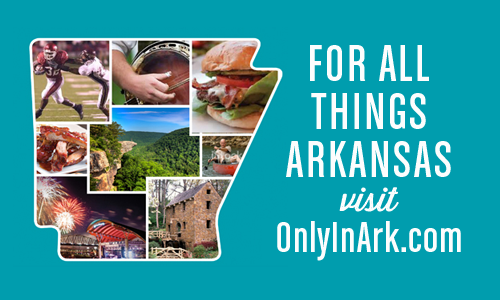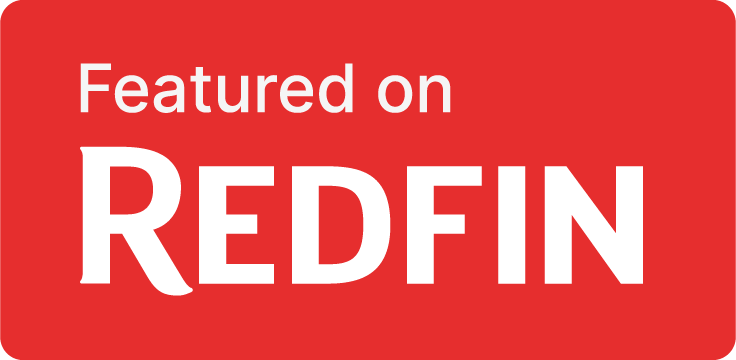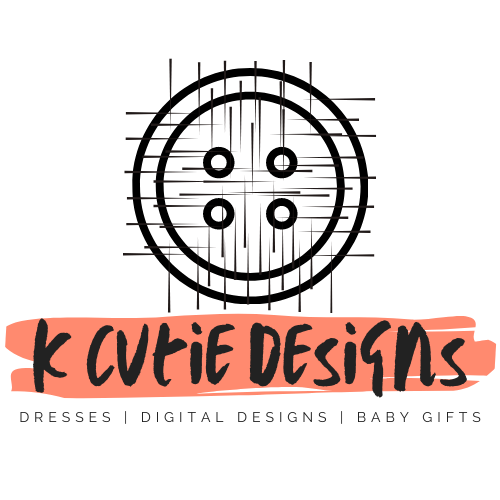As a Brand Manager or Account Representative, it can sometimes be hard to know all the things to keep in mind when it comes to social media. This Practical Guide for Social Media Account Managers will cover the basic areas for you to watch, explore, and put in to practice as you carry out and establish your social media plan.
I recently had the opportunity to teach a webinar to the American Cancer Society Relay For Life volunteers who serve their community as online or social media event chairs. (This is a huge honor for me after my own personal journey with cancer and a way I use my skills to help an organization I love.) Some of these volunteers are brand new to their role and others could have taught the class for me. Some are new to Facebook, Instagram and Twitter and others work in this field professionally.
No matter your area of expertise, there are a few things to keep in mind as a Social Media Account Manager.
Use your Online Tools
- make sure your social media page matches your brand – colors, fonts, etc should match and be reflected in the images you post
- your profile picture, if not a person, should be the logo of the company or event
- your cover photo/image should reflect and tell what you do – if you are a restaurant it should be the inside of YOUR restaurant. If you are showing a product, then put the product in the environment where it is used. If tourism or attraction, then a picture of that space in your community.
- Design – even if you are not a graphic designer and do not have the tools for full out design work, use programs like Canva or Pic Monkey that many bloggers and freelancers use to create images. These tools can also help you stay on brand and build templates for different projects.
- Stock images – don’t use these if you dont’ have to. Use images of your real product, your real food, your real environment, your real people. If you need a stock image for something, make it look as close as possible. You don’t want people thinking you are a fake or a phony based on what you put out. Librestock.com, stocksnap.io and unsplash.com are three favorite spots for free images. YOU CANNOT STEAL IMAGES from a Google search or from any other website. It’s not fair, it’s not ok and it’s illegal.
- Scheduling – use the tools offered you so this doesn’t have to take all of your time. Whether it’s your full-time job or a volunteer gig, the posting should not take all of your time or keep you tethered to your device. If scheduling on Facebook, use the Facebook scheduling tool. Facebook likes Facebook and will recognize that as a native post and give you all the algorithm props you deserve. I personally use Hootsuite to schedule my Twitter and Instagram individually. I do not automatically push posts from one platform to another because the native image sizes and even language of each platform is a little bit different. Buffer and Sprout Social are also scheduling tools that I know others use and love.
Editorial Calendar and Planning Content
- It is really hard to do any kind of social media management without a little organization
- Its hard to not plan with flexibility in mind
- When I worked where this was my full time job to manage social accounts, I worked 1 week and 1 month at a time. Meaning, I had 4 weeks worth of calendars going in addition to filling in the details of the one for the coming week. I might have been posting in the week currently happening, but I was always building and planning in the week to come.
- Planning helps you be ready when “things” come up. Meetings, vacation, lack of creativity or “I dont wannas”
- Planning also helps you – plan. Do you need special graphics, do you need to build out a campaign, do you need to pull in and involve other people.
- I would encourage you to sit down at the end of each year to brainstorm and plan big picture things for the coming year.
- Then, sit down quarterly with others who contribute to your team and plan for the quarter ahead.
- Then each week touch base with your boss or social team about what you need to have on your radar for the next week.
- Things will slip in, natural disasters happen, you will get creative in the last minute, something fun or human will happen and you will want to share it. Having a planned posting schedule will allow you to be prepared for flexibility and shifting things around.
- Use an actual calendar for the big picture things and then a spreadsheet for recording times, captions and media for each post.
- Other things to consider are national or local holidays. Don’t forget the human side of your brand and post on regular holidays or join in the conversation and sentiment when big global events happen. But fun holidays related to your brand or just to be fun are also really a great way to boost engagement and interaction.
- Listen in meetings with a calendar mindset. Its hard to change your brain to gather information this way, but when planning meetings are going on, make notes about what you need to add to your calendar or follow up on for images or graphics to share. This calendar mindset will help you plan ahead and prepare for big moments within your organization.
Content to Post and where to find it
- this type of response will vary brand to brand, but there are a few general rules that can help.
- Stay on brand, but mix it up.
- Mix up the type of content and the time of content. Use analytics to tell you who is responding to content and what they are responding to. Do more of that
- Tell stories.
- Look for content that is timely any time of year – that’s called Evergreen Content.
- Look for content that is timely only on that day at that moment.
- bloggers and brands with blogs, look for old content that needs to be updated or spruced up and re-share it.
- research brands can companies/individuals you can partner with.
- get comfortable being in front of the camera and hearing your voice on video.
- Go live if it’s appropriate, just know you will be successful from a technology standpoint and do what you can to eliminate movement. Oh and as often as possible, turn that phone sideways and get the full picture.

Understand the Algorithm and Engagement
- This is not the post to explain it all to you. That’s what the help section of each platform is for as well as many more experienced bloggers than me. But, know there is a scientific method that makes the feed of each platform fill and there is a game to play to make sure you show up in it.
- The biggest thing I can tell you about the algorithm that I do know is that it’s basically a popularity contest. And it’s a two-front approach. Its a popularity contest with your followers and what they like of yours and interact with as well as what else they interact with. And, its a popularity contest with the people they are friends with and what they like and interact with. So, if 3+ of my friends are interacting with a post, it is likely to show up in my feed and more likely the more people interact with it.
- In case someone has not told you, having a follower or a “liker” does not mean your content will always show up in front of them. We like and follow too many things for that to happen. So, instead of Facebook in all their sociological technology knowledge has said, we will put more of what you like and interact with in front of you more often.
- If you like and want to follow something and it never shows up in your feed, that probably because you scrolled past it for too long. Go be intentional about interacting with their posts and after a couple of weeks it will show up in your feed again.
- Basically, social media engagement is always a sociology and psychology experiment that is changing rules all the time. Know what your followers like and give them more of it.
- One of my favorite explanations came from this Infographic with Batman and Robin
- Instagram is mostly the same because they are owned by Facebook, but the nature of the way people interact with posts and their newsfeed is different so the algorithm responds differently. Because they reward engagement, you will sometime see posts linger in your feed. This was the case for me around graduation and Mother’s Day. It was Tuesday and I was still seeing after church pictures. But, it’s like a propeller and as people still engage with a post, it gets back in the algorithm to keep circulating.
- That is different from stories, at least for now. Once a person looks at a story unless they tab back, they have viewed it and the technology knows to not put it back in front of the viewer.
- The explore feed is another way you can get discovered and that has its own set of algorithm based on location and time of day and how everyone else is using the platform at the time.
- Of course, the hashtag game is a place you can play but I would encourage you to read about that and the purposes of hashtags within each platform because they are a little different.
Things to Avoid for Social Media Account Managers
- Going rogue. Unless you just started a brand, it already has an established pattern, design aesthetic, voice, and expectation. If you are intentionally changing that, keep in mind what your followers have come to know and build a bridge to where you are headed. Don’t jump off the cliff or they will abandon you.
- busy (read, crappy) graphics – make it look like your brand. Whether stock images, or colors, or promotional words. Just keep it simple. Visually, we consume A LOT and our brains come to recognize and slow down when we see something we like. Give your followers continuity and don’t clutter things, especially words on graphics.
- long posts with too much jargon make us scroll. put all the important stuff before we have to expand the caption. Yes, Instagram is known for mico-blogging opportunities, but I really have to want to read what you have to say and you have to pull me in, in the first 3 lines, or I’m out.
- Panic – as a social media account manager, you are a critical communication officer. If something goes wrong, take a breath and delete the post. You can re do it. If you put it on the wrong account or put your personal stuff on your work account, just delete it. (sidenote, do all the precautionary things to keep from cross posting to accounts, and stay above report in the things you post) Do not share out critical information in a panic way, be the voice of reason and calm. Keep calm and post on…as the kids say these days.
- do not let everyone have their hands in it. If you are part of a team, clearly community who is posting when, who is responding when, etc. Keep those lines really clean and avoid the chaos and confusion to your followers. You don’t want them to say, “wow…..get your crap together.”
- trying to be cool – just be authentic. Because it works for another brand doesn’t mean it will work for yours. The tone and language you use on social should be the same conversation a person would have in real life in your store or interacting with you. Just be you and let the cool kids be cool kids. Who knows…they may really just want to be you!
General Thoughts and Guidance for Social Media Account Managers
- Know what you can do – don’t tackle all the platforms if you can’t keep up with them. Don’t set a pattern of posting you cannot manage. Good content is better than too much and unmanageable.
- Consistency is Key – posting days and times, and brand voice, and brand look
- Look at what is working – do more of that – pay attention to your analytics and read between the lines to see what they are revealing to you. Respond and let that drive or adjust future content or campaigns.
- Try and fail – learn and try something new – everyone is still trying to figure it out. Why do you think Facebook keeps making changes?
- Make your brand human. People want to do business with people. What are the stories of people who use your product? Who are the people involved in your business? Recognize that there are real people behind what you are trying to share.
- Know your customers – they will recognize when you are being fake and when you hit the mark. Pay attention to what’s happening in their lives and keep that in mind with the words and images you choose. What other things are they consuming and how are those people sharing their brand. Don’t copy, but pay attention.
- Think about what kind of emotion or response you are trying to evoke. Make sure that’s clear and obvious in your caption or graphic.
At the end of a presentation once, I had a lady ask me, so how do I know if I should even post? My response was…. does it add value?
I’d give you the same challenge. The social media world is full of lots of things, be a company, business, brand, person who brings and adds value.
From your experience, what tips would you add to share with a new social media account manager?








